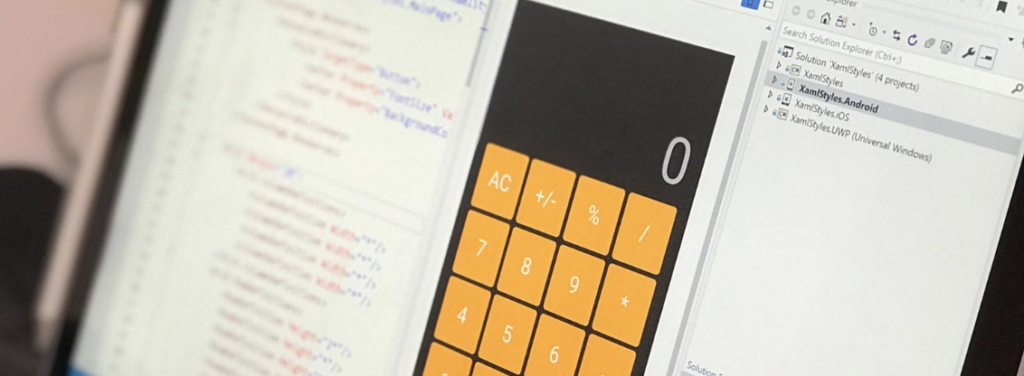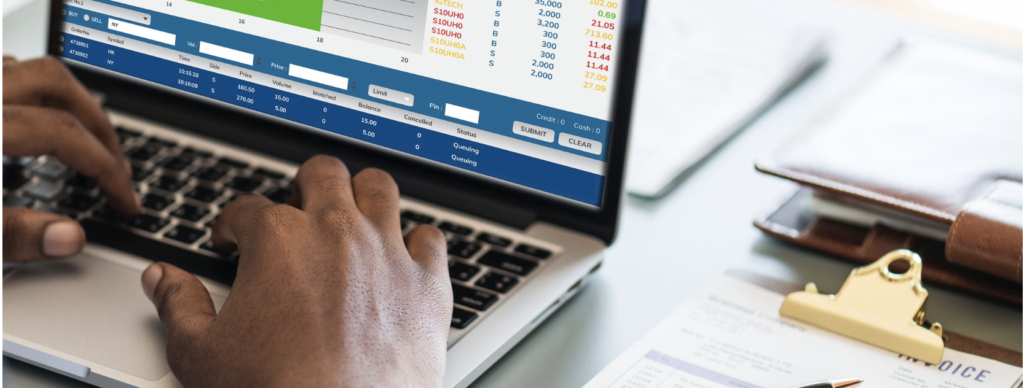Turn Identified Savings Into Realized Savings and Prevent Spend Leakage

If not, thoroughly investigate the significant savings that such a system can deliver. Most vendors are happy to provide you with an ROI analysis of your spend free of charge.
This should be of particular interest if you have already invested heavily in strategic sourcing so you can capture all of the negotiated savings and avoid leakage.
2. Do you have an eProcurement system where the eCatalogs are time-consuming to enable, resource-intensive to manage, along with being not casual user-friendly?
Anyone with SAP SRM, Oracle iProcurement, or other ERP eProcurement routinely faces these challenges.
1- Decide whether it continues to make sense to dedicate resources to a function that may be better executed by outsourcing.
2- Seriously explore the options around eCatalog management solutions. With a small investment (especially compared to your ERP investment) and in only weeks you can unlock the value of your ERP eProcurement.
Who Should Manage the Catalogs?
There are several criteria to consider when determining whether eCatalogs should be managed internally or by a 3rd party service provider:
1- Are there enough resources in house to support an aggressive rollout and support all of the eventually required catalogs?
2- Is it worth the cost of developing the skills required?
3- Does the organization have or is it willing to invest in tools for catalog cleansing and content enrichment?
4- Will an investment be made to develop quality processes and best practices?
The initial rollout of an eCatalog program is resource-intensive due to the amount of coordination required between the technical lead doing the eCatalog enablement, the suppliers, and the supplier managers at the buying organization.
The technical lead will also need to take the time to educate suppliers who may be new to providing eCatalogs, while the supplier managers will need to work with suppliers to get agreement on what content should be included and ensuring that the correct pricing is being applied.
A successful catalog technical lead will need to have the skills required to understand content requirements, educate suppliers on these requirements, cleanse and manipulate large amounts of catalog data, and troubleshoot technical errors that may occur during the enablement.
Also, if supplier-hosted content (punchout catalog) is being used; this person will also need to be strong with HTML, cXML, OCI, or any other communication protocol that is being used by the system.
Tools for catalog cleansing and content enrichment are beneficial to provide a better end user experience, finding and fixing potential errors, adding and/or extracting supplemental attributes, assigning commodity codes, and ensuring correct content.
Developing and maintaining these tools can be costly and are not practical for smaller organizations. Off-theshelf software designed specifically for this purpose is not available and will require IT resources to develop in house.
Quality processes and defined procedures for collecting, processing, and refreshing eCatalogs are critical for ensuring a high-quality end user experience and updated accurate data in the system.
The method by which a supplier submits their eCatalog data needs to be not only user-friendly, but also secure and reliable. Many times email is seen as the best way of submitting catalog data, however large file sizes, no visibility to the supplier if transmission was successful, and the lack of a systematic way to track the most-current version makes this method undesirable.
An FTP site is a somewhat better solution and will allow for the transfer of large files and also give each file its own time and date stamp. Ideally suppliers should submit their eCatalog data through a supplier portal where the supplier can see if the transfer has been successful.
A more sophisticated tool should also offer the option of doing some initial data validation on the eCatalog to let the supplier know of potential errors prior to or at the point of submission.
This supplier self-service tool can dramatically reduce the hassle and time to update catalogs. It is critical that refreshed data is processed quickly and correctly so that the pricing and items are up to date.
Take a look at what an eProcurement Suite can do for your business:
Our latest articles
Our latest articles
Optimal Spend Analysis – How to Leverage Multiple Data Classifications?
Focusing on Business Specific Category Sourcing Groups is key, with or without UNSPSC. Transforming raw Spend and Supplier data from payment and purchasing systems and reclassifying it into common, meaningful sourcing categories creates significant visibility and...
What is Procurement ?
All You Need To Know About ProcurementProcurement (or purchasing) is the process for an organization to obtain products or services from external parties (market supply) to ensure that production and business activities are smoothly carried out. Procurement practices...
The Challenge of Managing Non-PO Invoices
While automating the processing of invoices delivers many benefits, challenges may arise when it comes to non-PO invoices. Non-PO invoices result when a supplier has provided goods or services to a buyer without receiving a purchase order. Because the lack of...
 English
English





